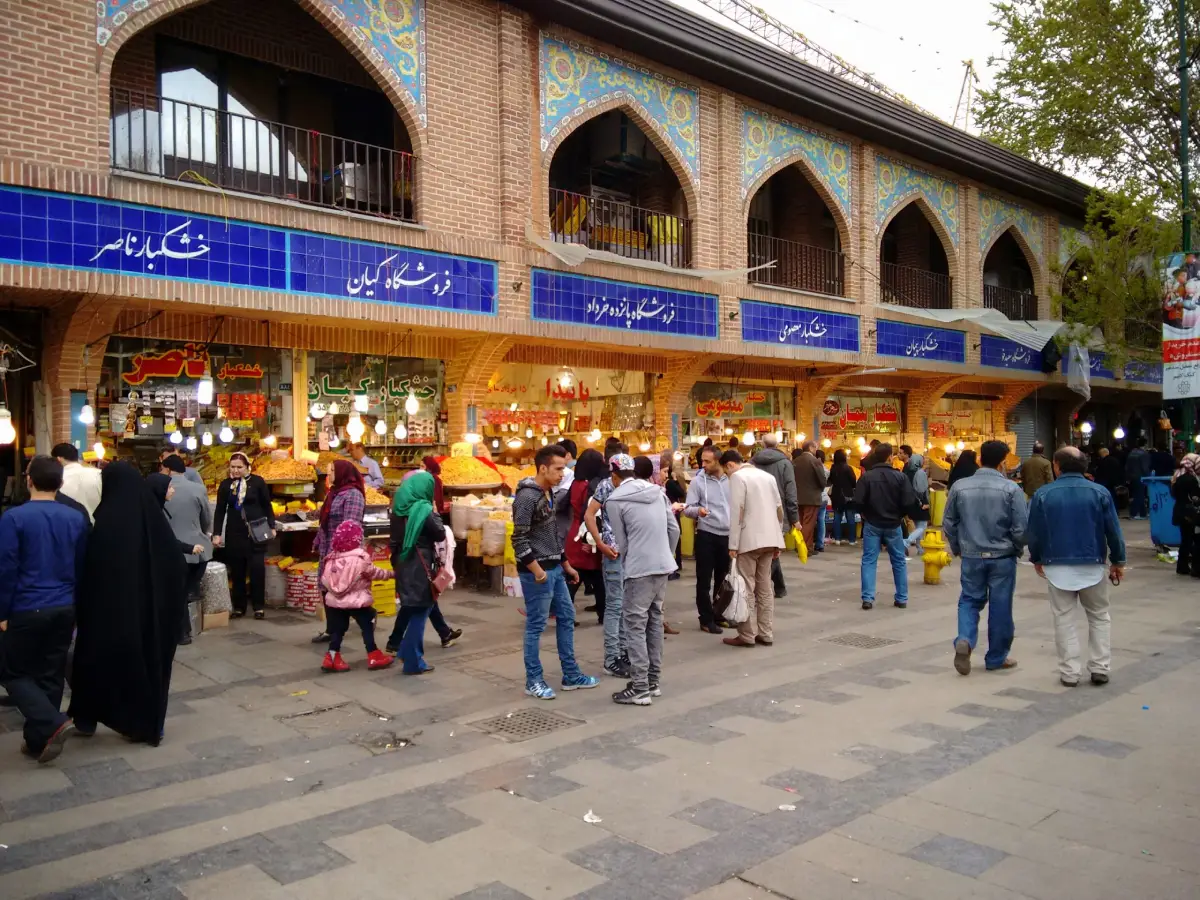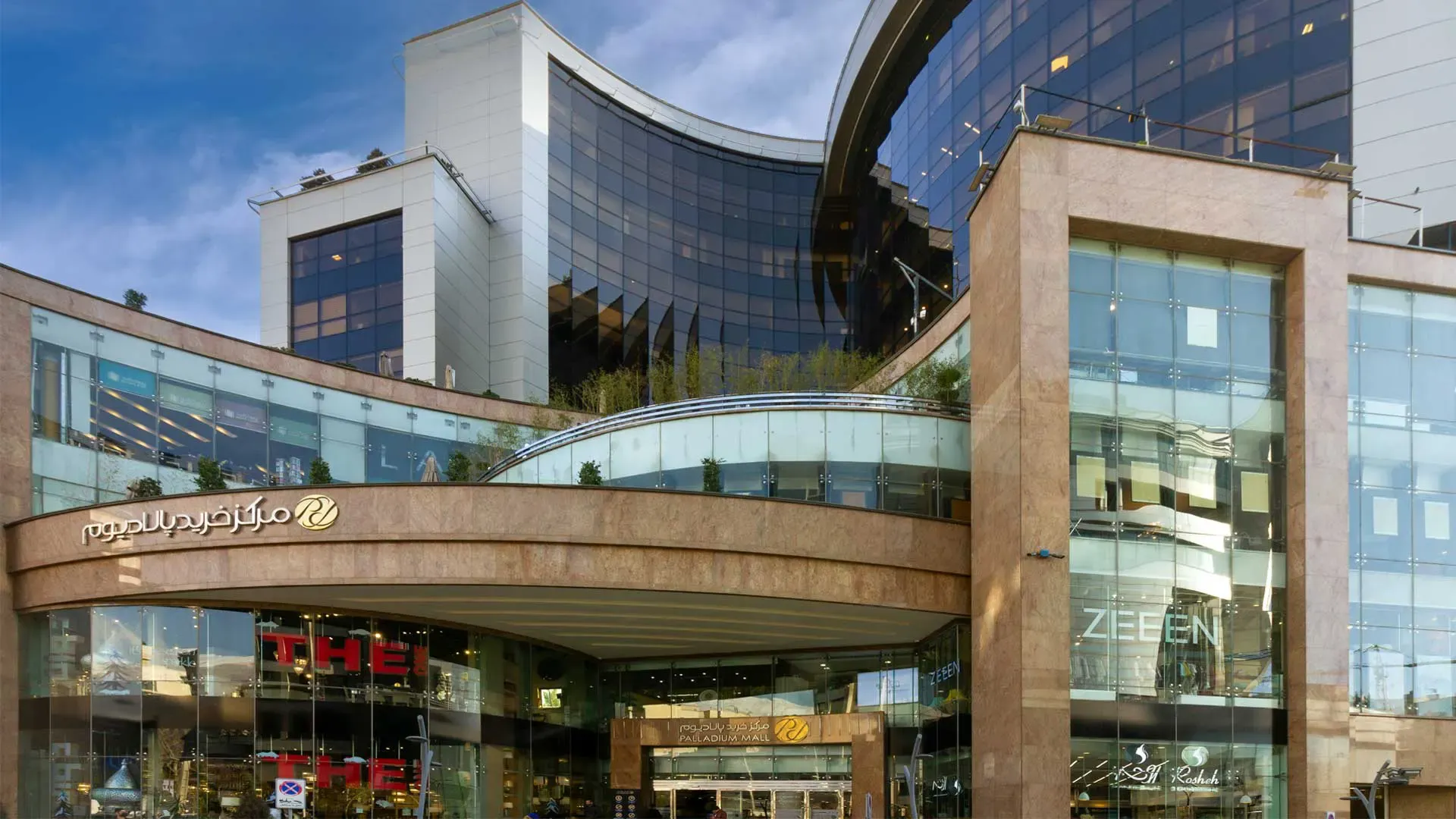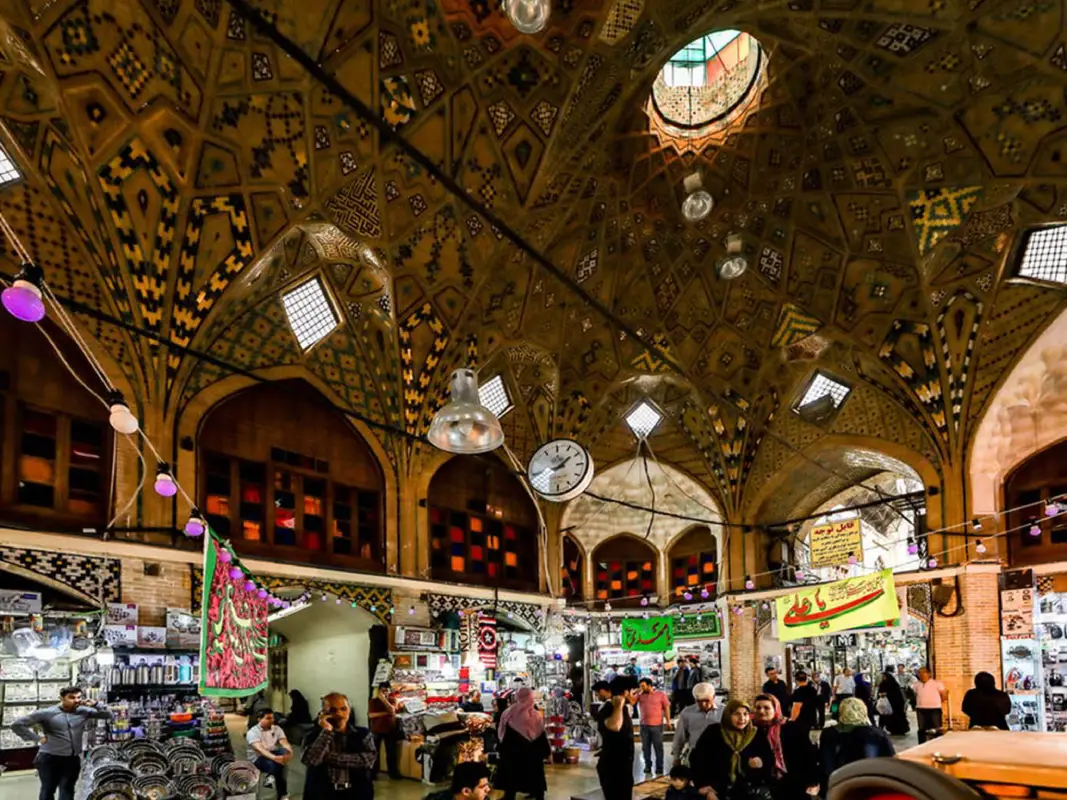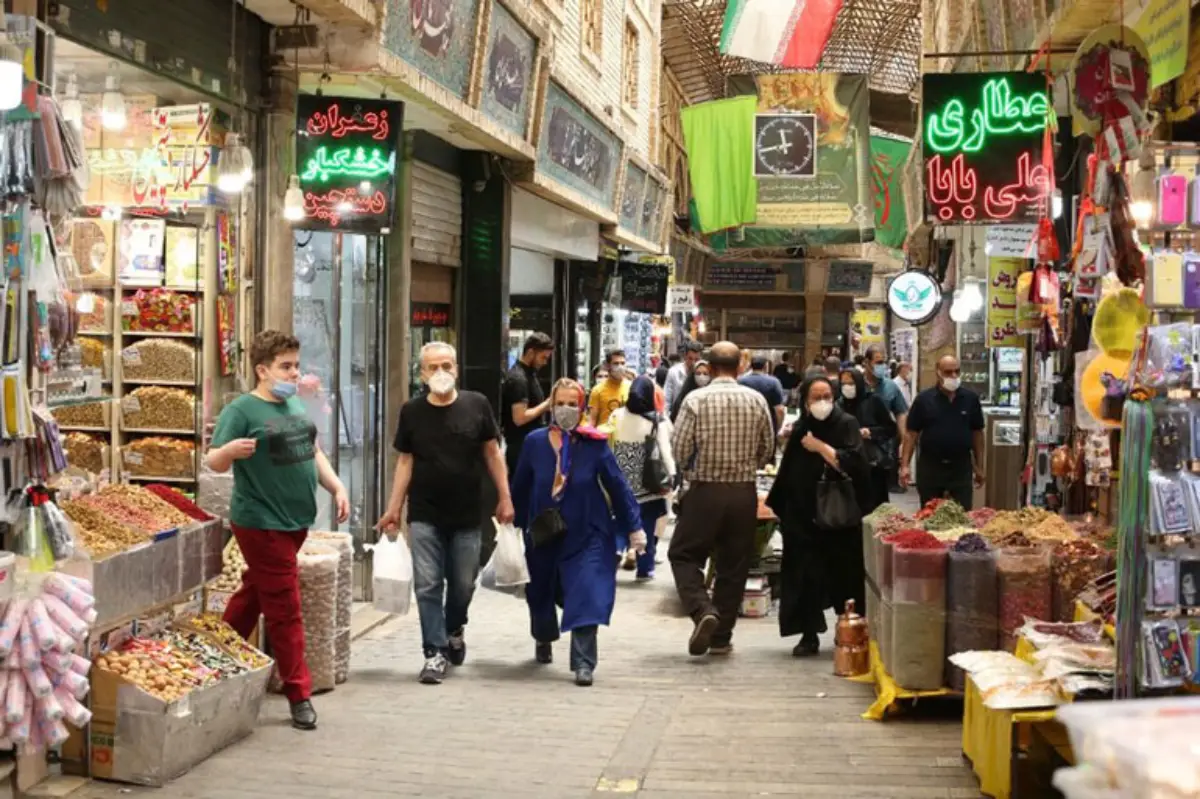Iran is a dream destination for anyone who loves shopping, offering a blend of traditional bazaars and modern shopping malls. From ancient marketplaces steeped in history to luxurious, contemporary retail spaces, Iran provides a unique shopping experience that reveals the true essence of the country.
In this blog post, you’ll find essential tips and insights to make your shopping experience in Iran both enjoyable and rewarding.
Shopping in Iran: An Enjoyable Experience
Shopping in Iran is more than just buying souvenirs; it’s a cultural experience. When you wander through the local markets, you get a glimpse into the daily lives of Iranians, their traditions, and their incredible craftsmanship. Iran is renowned for its handmade crafts, including carpets, copperware, metalworks, and inlay work. If you’re a fan of authentic, affordable, handmade items, Iran is the perfect place to indulge.

Understanding Iran’s Currency
One of the first things you’ll need to get your head around when shopping in Iran is the currency. The Iranian Rial (IRR) is the official currency, but prices are often quoted in “tomans,” which is simply the rial amount minus one zero. For example, if something costs 100,000 rials, it’s 10,000 tomans.
It can be a bit confusing at first, especially since locals often drop the “thousands” when quoting prices, so they might say “ten tomans” when they mean 10,000 tomans. The currency can also be unstable, so it’s wise to stay updated on exchange rates. For detailed information, I invite you to take a look at the article about Iranian currency.
The Art of Bargaining
Bargaining is a common practice in Iran, especially in bazaars. Prices might be inflated by 10-30% with the expectation that you’ll negotiate. But don’t worry, Iranians are generally honest, and it’s unlikely they’ll try to overcharge you excessively just because you’re a tourist.
Bargaining here is a friendly and polite process and shopkeepers won’t be offended. Simply ask for a discount with a smile, using phrases like, “What’s the final price for me?” or “Don’t forget the discount.” Remember, haggling is not applicable in all settings, such as restaurants or supermarkets, where prices are fixed.

Shopping Venues: Bazaars, Malls, and Streets
Iran offers a variety of shopping environments:
Bazaars: These are the heart of Iranian commerce and culture. The Grand Bazaar in Tehran, for example, is a labyrinth of shops selling everything from spices to shimmering fabrics. Shopping in a bazaar is an immersive experience where you’ll shop alongside locals, see women selecting materials for a wedding, and perhaps even sit down for a chai break in a cozy tea shop.
Shopping Malls: In cities like Tehran and Isfahan, modern malls provide a more familiar shopping experience with a mix of Iranian and international brands. However, many of these international brands might be fake, so keep an eye out if you’re after authenticity.
Street Shopping: If you’re on a budget, street shopping offers great bargains. However, the quality can vary, so it’s wise to inspect items carefully before purchasing.

Street Shops in Iran: A Diverse Shopping Experience
In Iran, shopping extends far beyond the grand bazaars and modern malls. Iranian streets are lined with a myriad of small shops, each offering unique products. As you walk through the lively streets of any Iranian city, you’ll find yourself surrounded by an impressive variety of stores. These small shops sell everything from traditional handicrafts and local spices to everyday necessities and stylish clothing.
Walking along these vibrant sidewalks, you’ll have plenty of opportunities for window shopping, discovering hidden gems, or picking up something special. Every corner of the city reveals new and interesting finds, making each shopping trip an adventure. Whether you’re in bustling Tehran, historic Isfahan, or charming Shiraz, the local shops provide a glimpse into Iranian daily life and culture.
So, take your time to wander through the streets, enjoy the diverse shopping options, and immerse yourself in the rich tapestry of Iranian commerce. There’s always something to discover, no matter where you go!
What to Buy in Iran
Iran is famous for its handicrafts, which make for perfect souvenirs or gifts. Here are some must-buy items:
Carpets: Persian carpets are world-renowned for their quality and intricate designs. Even if you’re not looking to buy, visiting a carpet shop is a must.
Copperware and Metalworks: Known as Messgari, these handmade items are both beautiful and functional, ranging from decorative plates to intricate vases.
Minakari and Khatamkari: These are traditional forms of metal enameling and inlay work on wooden surfaces, creating stunning pieces of art.
Saffron and Rosewater: Iran produces some of the world’s best saffron and rosewater, both of which are widely available in bazaars.

Overcoming Language Barriers
While some shopkeepers in Iran do speak a little English, it’s beneficial to learn a few basic Farsi phrases or have a translator app handy to make your shopping experience smoother. A simple greeting or polite request in the local language can go a long way.
If you’re traveling with Visit Our Iran’s guided tours, your tour guide will be there to assist with any language barriers, ensuring a more enjoyable and stress-free shopping experience. However, don’t forget to take look at our article about common Persian expressions.
Shop like a Local in Iran!
When shopping in Iran, you’ll quickly notice that the currency system involves a lot of large numbers. Using cash can be inconvenient because it’s easy to misplace or miscount the bills, particularly with so many zeros to keep track of. On top of that, you might end up carrying large sums of money, which isn’t ideal for security reasons.
That’s why it’s much easier and more practical to use a debit card for your transactions. Most shops, restaurants, and even street vendors in Iran are equipped with POS (Point of Sale) machines, meaning you can pay with a debit card almost everywhere. By using an Iran Travel Debit Card, which is a prepaid card that you can load with local currency, you avoid the hassle of managing large amounts of cash.
Travel Debit Card allows you to pay like a local, ensuring smoother and quicker transactions. To purchase online, take a look at Visit Our Iran’s debit card service page.
With the Iran Travel Debit Card, you’ll be able to shop, dine, and pay for services without worrying about carrying stacks of cash. It’s a more convenient option that enhances your shopping experience in Iran, allowing you to focus on enjoying your trip rather than stressing over currency conversions and bulky wallets.
A Cultural Adventure Beyond Transactions
Shopping in Iran is more than just buying goods; it’s an adventure that immerses you in the country’s vibrant culture. As you explore the bustling bazaars and modern malls, you’ll have the chance to connect with local traditions, discover one-of-a-kind products, and experience Iran’s rich heritage firsthand. Each purchase tells a story, from intricate handicrafts to exotic spices, allowing you to take home a piece of Iran’s unique charm. So, savor every moment, engage with the local atmosphere, and enjoy the delightful journey of shopping in this fascinating country!

